Why do some kids learn to talk earlier than others?
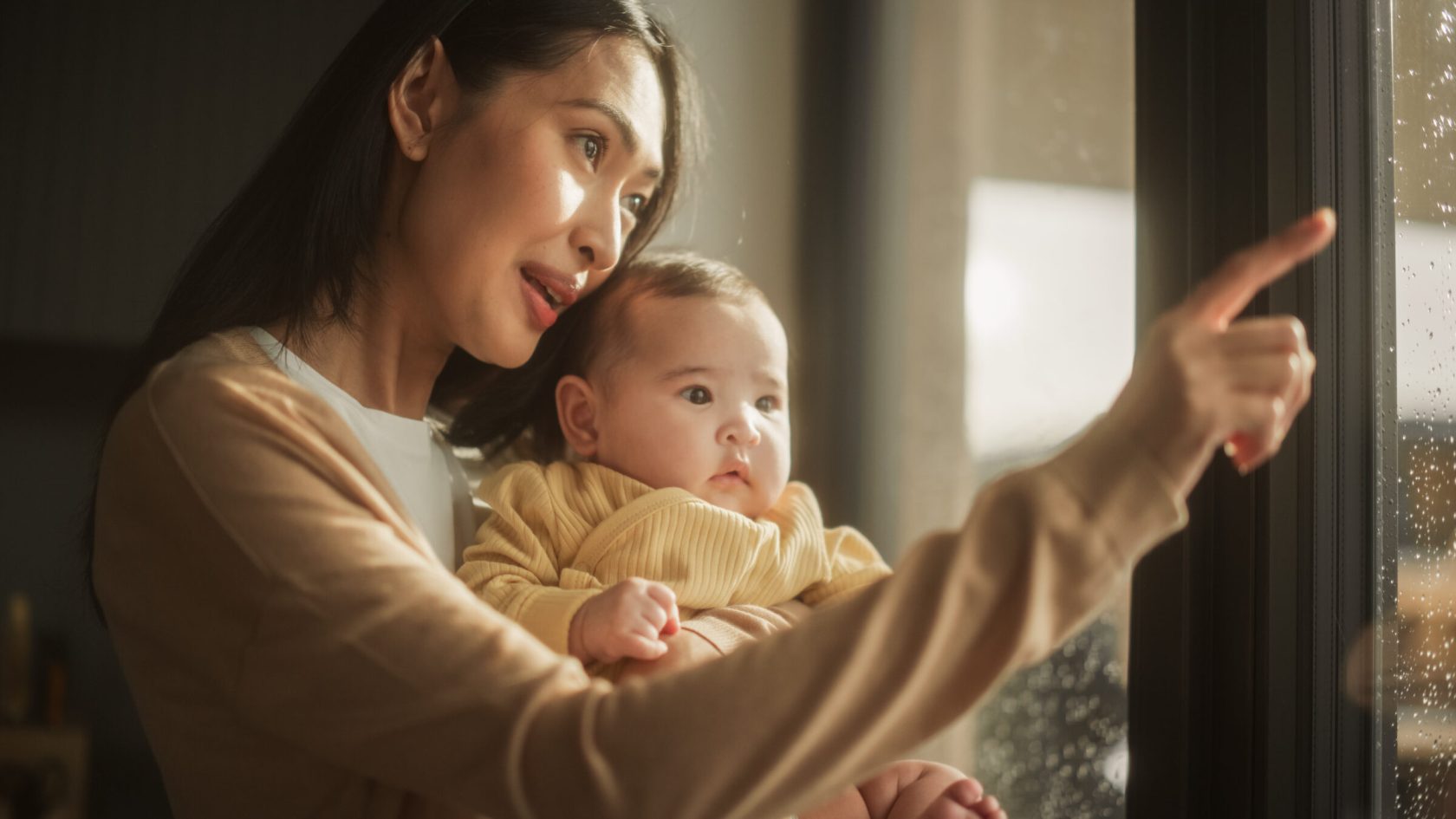
Global study by new faculty Elika Bergelson finds three key predictors of language development. They may surprise you.
Growing up amid a swirl of Russian, Hebrew, and English fed Elika Bergelson’s passion for language development.
Her parents had emigrated in the 1970s from the Soviet Union to Israel, where they began their family. Bergelson and her youngest sibling were born in the 1980s after the family settled in Columbus, Ohio. Even back then, she noticed generational differences around grammar, accents, and vocabularies that left her asking how the kids had outpaced the adults.
“What is it about language acquisition that makes younger minds — which are usually less good at everything — actually better at this particular process?” she remembered wondering.
“What is it about language acquisition that makes younger minds — which are usually less good at everything — actually better at this particular process?”
Elika Bergelson
Today, the newly appointed associate professor of psychology studies how infants and toddlers learn language from the world around them. The developmental psychologist specifically strives to parse the various theories that account for the onset and eventual mastery of language comprehension and production. Bergelson’s latest paper, published last month in the Proceedings of the National Academy of Sciences, takes a global approach to developing and testing such theories, with the results refuting common critiques of low-income parents and caregivers.
“Our results question some of the received wisdom, certainly in the American policy space, that families in certain socioeconomic circumstances are providing less or less ‘good’ language input to their kids,” she said.
As a language scientist, Bergelson has a history of generating such myth-busting insights. Her first experiments on early word-learning, performed 15 years ago when she was a graduate student at the University of Pennsylvania, revealed that comprehension begins at a far younger age than previously thought. “Around 6 or 7 months, babies are starting to understand some really common nouns,” she said.
Baby’s language milestones
Research by Elika Bergelson over the years has revealed that comprehension begins at a
younger age than previously thought. Here are some key points for the average child.
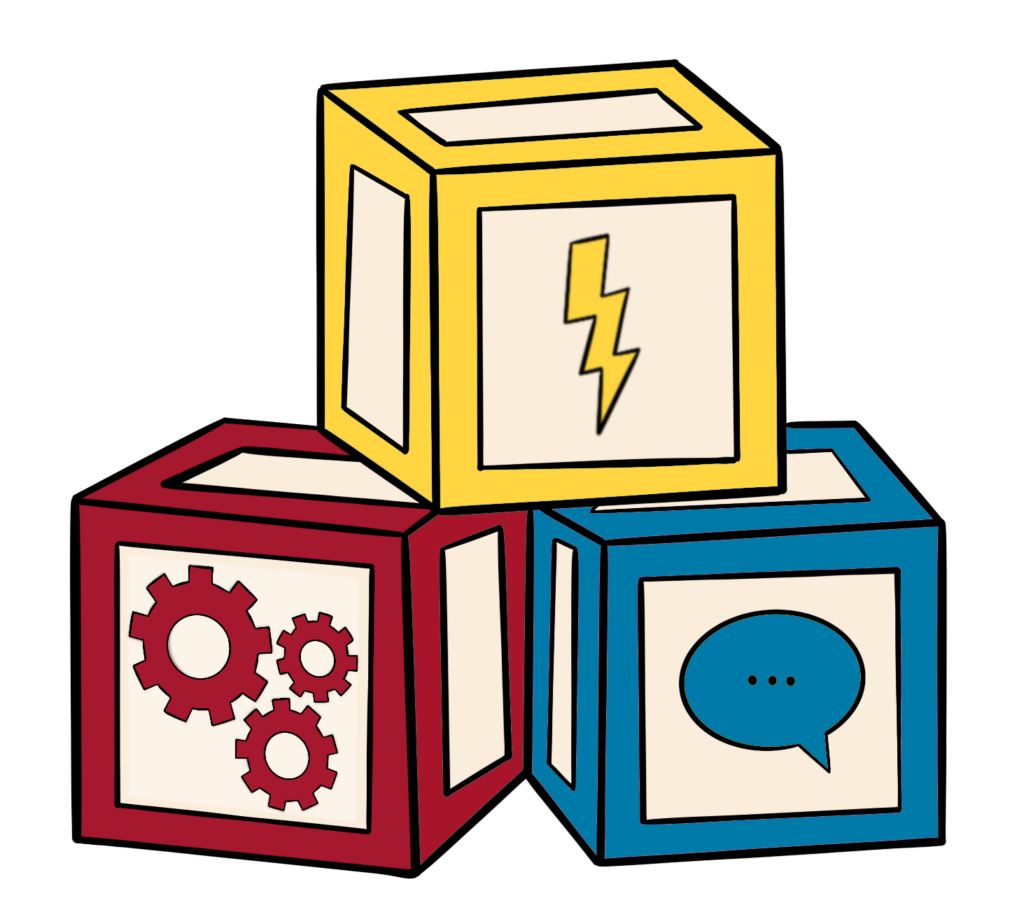
Language building blocks.
Illustration by Liz Zonarich /Harvard Staff
Starts understanding basic nouns, producing consonant-vowel sequences.
Word comprehension starts to surge. Speaks first bona fide words.
Increasingly sophisticated language comprehension. Spoken vocabulary begins to “explode.”
Scientists have long acknowledged the burst of word production that occurs around age 18 months, Bergelson explained. In follow-up studies, she and her colleagues found a similar qualitative improvement in language comprehension near a child’s first birthday, around the time the first bona fide words arrive. It’s as though children around age 1 go from just barely grasping the mechanics of language to suddenly becoming true communicative partners.
Could this be because parents talked more or differently to older babies? Bergelson investigated this theory as a postdoc and research professor at the University of Rochester, where she led the creation of a large naturalistic data set that tracked babies from 6 to 18 months old with audio and video recordings, eye tracking, and more. “It doesn’t seem like there’s something fundamentally different in how parents or caretakers interact with 6- versus 12-month-olds,” she concluded.
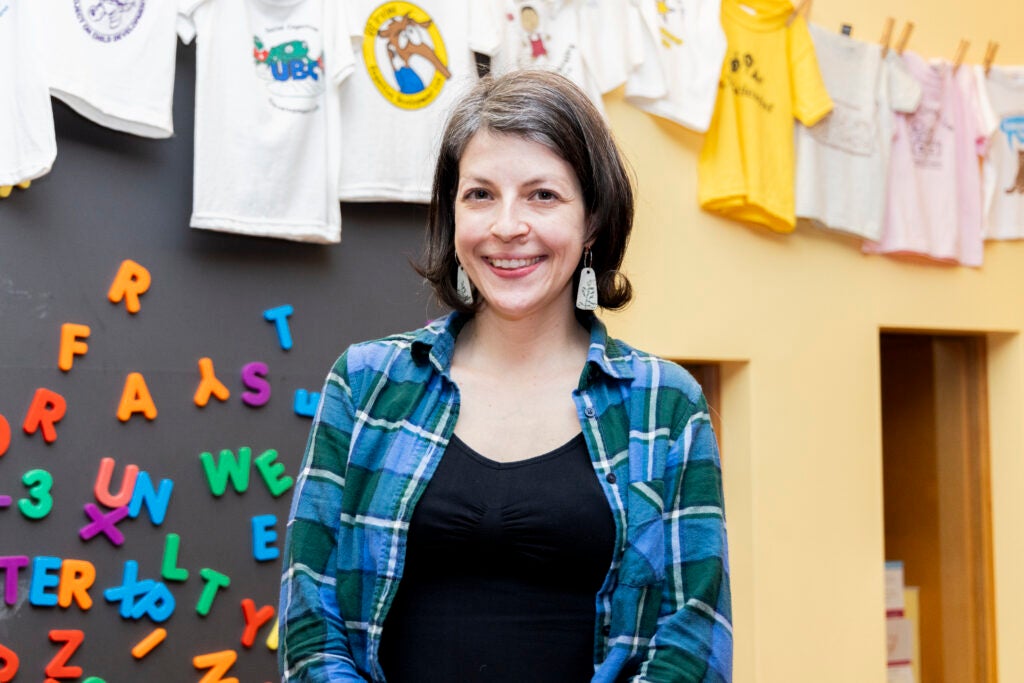
Elika Bergelson, professor of psychology.
Photo by Dylan Goodman
With a grant from the National Institute of Health, Bergelson’s new Harvard lab recently embarked on a project designed to test what she calls the “better learner models” of language acquisition. The comprehension tipping point is ascribed by these theories to the baby’s growing social, cognitive, or linguistic abilities, rather than just their accumulation of more input from caretakers.
But what, exactly, are the skills that support word learning? Bergelson and her colleagues plan to test comprehension indicators that appear sooner than talking itself, such as pointing or looking in the direction of a mentioned object. This research holds the long-term potential of improving early interventions for children who struggle with language acquisition.
Bergelson has the additional goal of growing the pool of children whom language scientists study. “One really important shift in the field recently has been a much more serious reckoning with the fact that we tend to study white, middle-class Americans,” she said.
Her recent PNAS paper, written with senior co-author Alejandrina Cristia at France’s École Normale Supérieure, PSL University, is based on a large sample of 2- to 48-month-olds. Daylong audio recordings captured the babbling and baby talk of 1,001 children representing 12 countries and 43 languages. Financial support for this work was provided by the National Science Foundation, National Institutes of Health, and the National Endowment for the Humanities, among others.
Daylong audio recordings captured the babbling and baby talk of 1,001 children representing 12 countries and 43 languages.
Analyzing the recordings was completed with the help of machine learning. Bergelson called it a “coarse-grained” approach to studying the topic. “It’s the algorithm’s estimate of how much speech the kid is hearing or producing,” she said. “But I think it’s a complementary approach to what otherwise is very, very time-consuming and sample-limiting work.”
The results show that the main predictors of language development globally are age, clinical factors such as prematurity or dyslexia, and how much speech children receive from the world around them. In contrast to previous research, no effects were found related to gender, multilingualism, or socioeconomics.
Chatty parents, chatty kidsBergelson’s research finds three main predictors of language development globally

Age
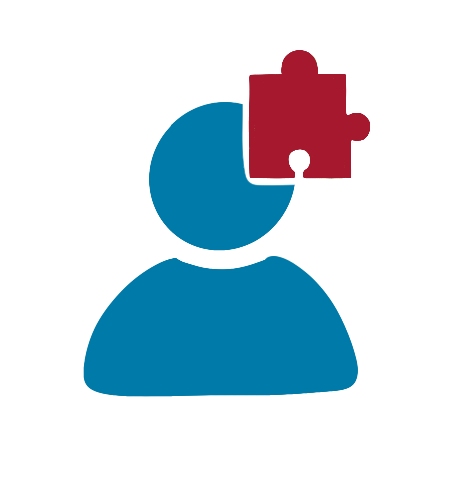
Clinical factors such as prematurity or dyslexia
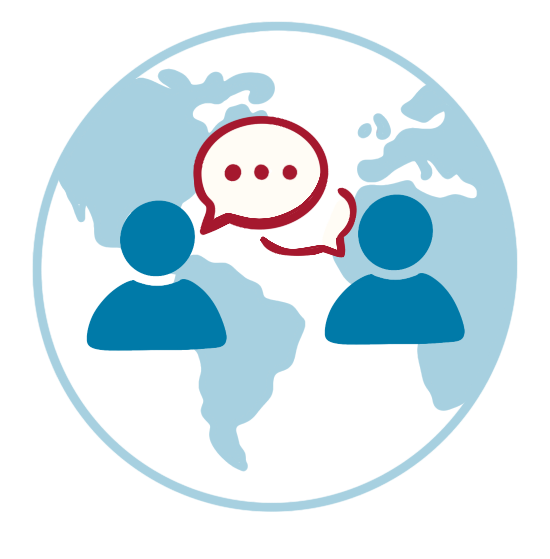
How much speech children receive from the world around them
Illustrations by Liz Zonarich /Harvard Staff
“There’s been much debate and discussion in the literature in recent years about how socioeconomic status does or doesn’t link to language input and language output,” noted Bergelson, who is immersed personally in early development baby babble, having given birth to her second child last year. “We looked in many, many, many different ways … In no form did we ever find evidence that moms with more education had kids who produced more speech in these tens of thousands of hours of recordings from daily life.”
Some language skills can be observed earlier than talking itself. Associate Professor of Psychology Elika Bergelson shared this reel from one of her earlier investigations into whether infants look at objects that are named by caregivers
Courtesy of Elika Bergelson
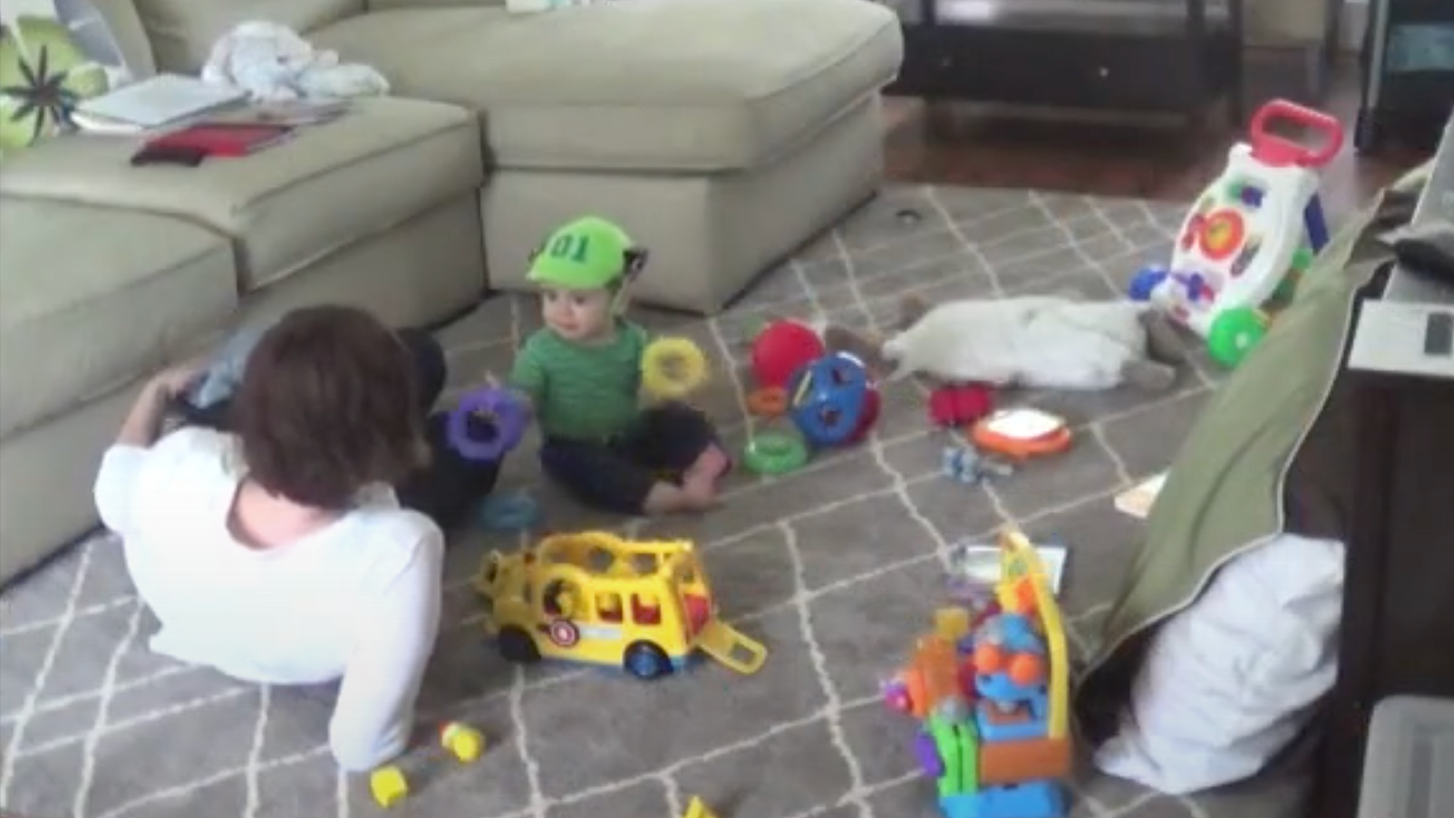
Mother: ‘Where’s the elephant”
With a grant from the National Science Foundation, Bergelson is also pursuing new research on language development in children who are deaf or blind. The case of blindness is especially interesting, she noted.
“Blind adults’ language skills are largely indistinguishable from sighted folks’,” she said. “But a lot of our theories about early language learning rely on children seeing others to refer to things in the world. So there’s a mystery — how does that happen? And what does that tell us about how language develops for everybody?”





